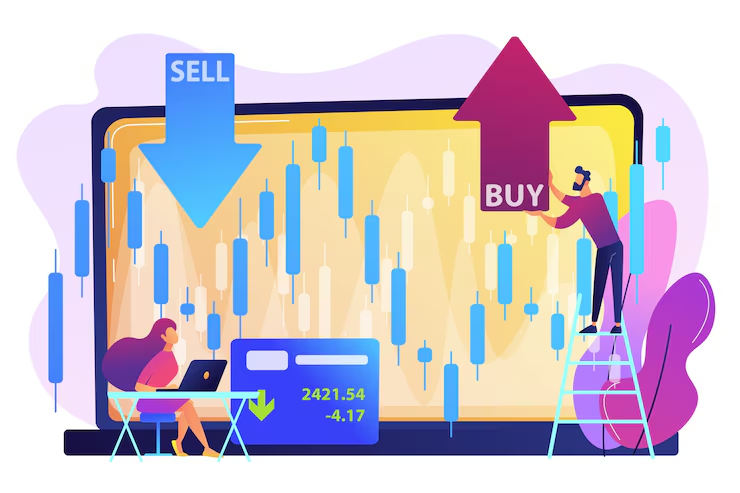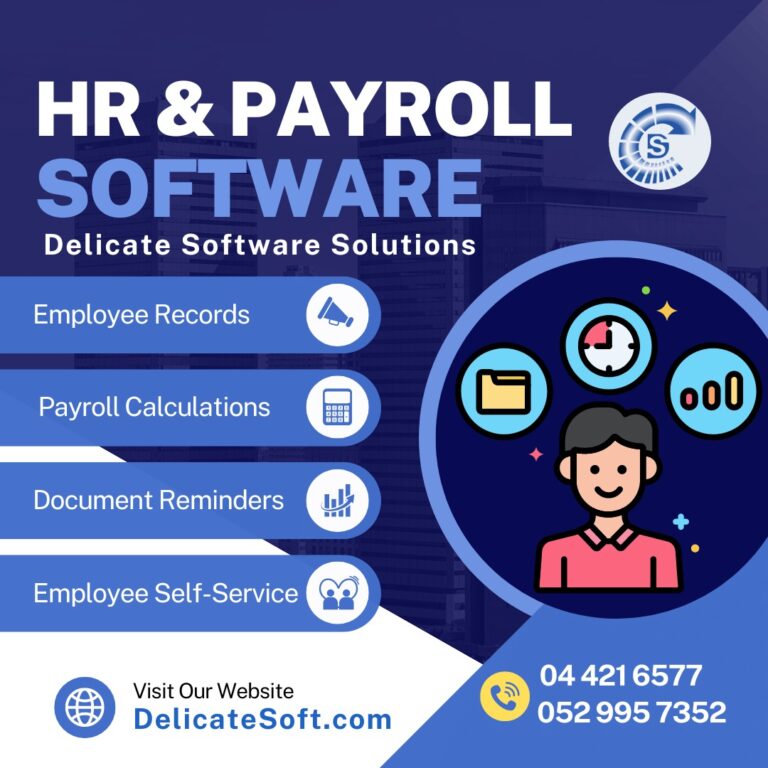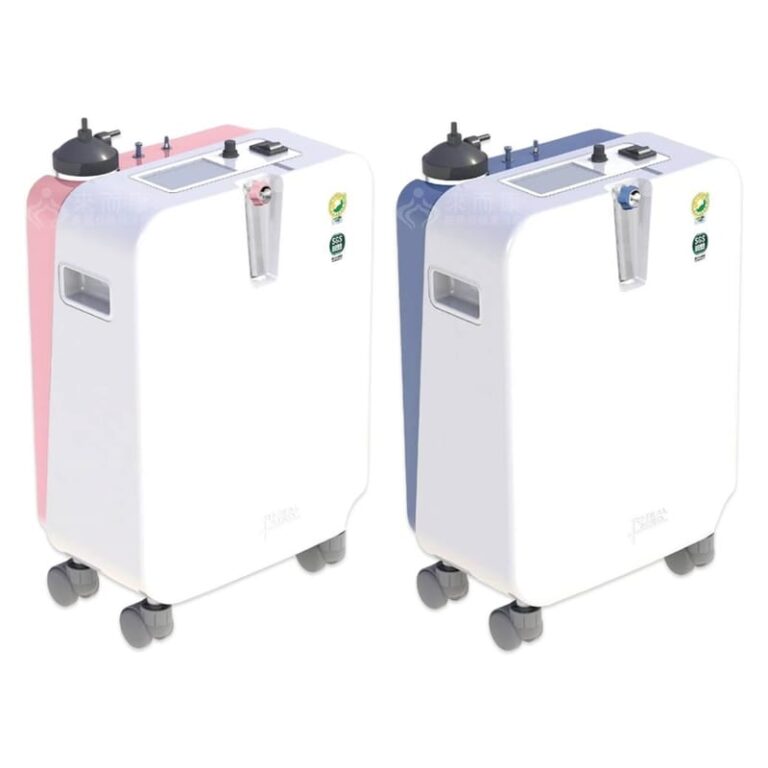In today’s fast-paced retail environment, Retail Software Development plays a crucial role in streamlining operations, enhancing customer experiences, and driving business growth. Whether you’re a small boutique or a large chain, leveraging the right software solutions can significantly impact your success.
Understanding Retail Software Development
Retail Software Development refers to the creation and customization of software applications tailored specifically for the retail industry. These solutions are designed to address the unique challenges and requirements faced by retailers, from inventory management to customer relationship management (CRM).
Key Features of Retail Software
- Inventory Management: Efficiently track stock levels, manage reorder points, and optimize inventory turnover.
- Point of Sale (POS) Systems: Streamline transactions, accept various payment methods, and integrate with inventory and accounting systems.
- Customer Relationship Management (CRM): Maintain customer databases, track purchase histories, and personalize marketing efforts.
- Analytics and Reporting: Gain insights into sales trends, customer preferences, and operational efficiency to make informed decisions.
Benefits of Retail Software Solutions
- Improved Efficiency: Automate repetitive tasks, reduce manual errors, and optimize workflows.
- Enhanced Customer Experience: Personalize interactions, offer loyalty programs, and provide seamless omnichannel experiences.
- Scalability: Grow your business without worrying about outgrowing your software capabilities.
- Data Security: Protect sensitive customer information and comply with industry regulations like GDPR and PCI DSS.
Types of Retail Software
- E-commerce Platforms: Facilitate online sales, manage product listings, and integrate with shipping and payment gateways.
- Mobile Apps: Extend your reach, engage customers on-the-go, and enable mobile payments.
- Supply Chain Management (SCM): Coordinate logistics, track shipments, and optimize supplier relationships.
Steps in Retail Software Development
- Planning and Analysis: Define project goals, identify requirements, and conduct feasibility studies.
- Design: Create wireframes, UI/UX prototypes, and architecture diagrams.
- Development: Build and integrate modules, conduct testing, and ensure compatibility with existing systems.
- Deployment: Implement the software, train users, and monitor performance post-launch.
- Maintenance and Support: Provide updates, address issues, and adapt to evolving business needs.
Choosing the Right Development Partner
Selecting a Retail Software Development partner is crucial for the success of your project. Look for a company with experience in retail solutions, a proven track record of delivering quality software, and the ability to provide ongoing support and updates.
Conclusion
Investing in Retail Software Development is not just about adopting new technology—it’s about transforming your retail operations to meet modern challenges and exceed customer expectations. Whether you’re looking to streamline inventory management, enhance customer engagement, or expand your online presence, customized retail software solutions can be the key to achieving your business goals.
For more information on Retail Software Development and how it can benefit your business, visit MeeTri Infotech.


















